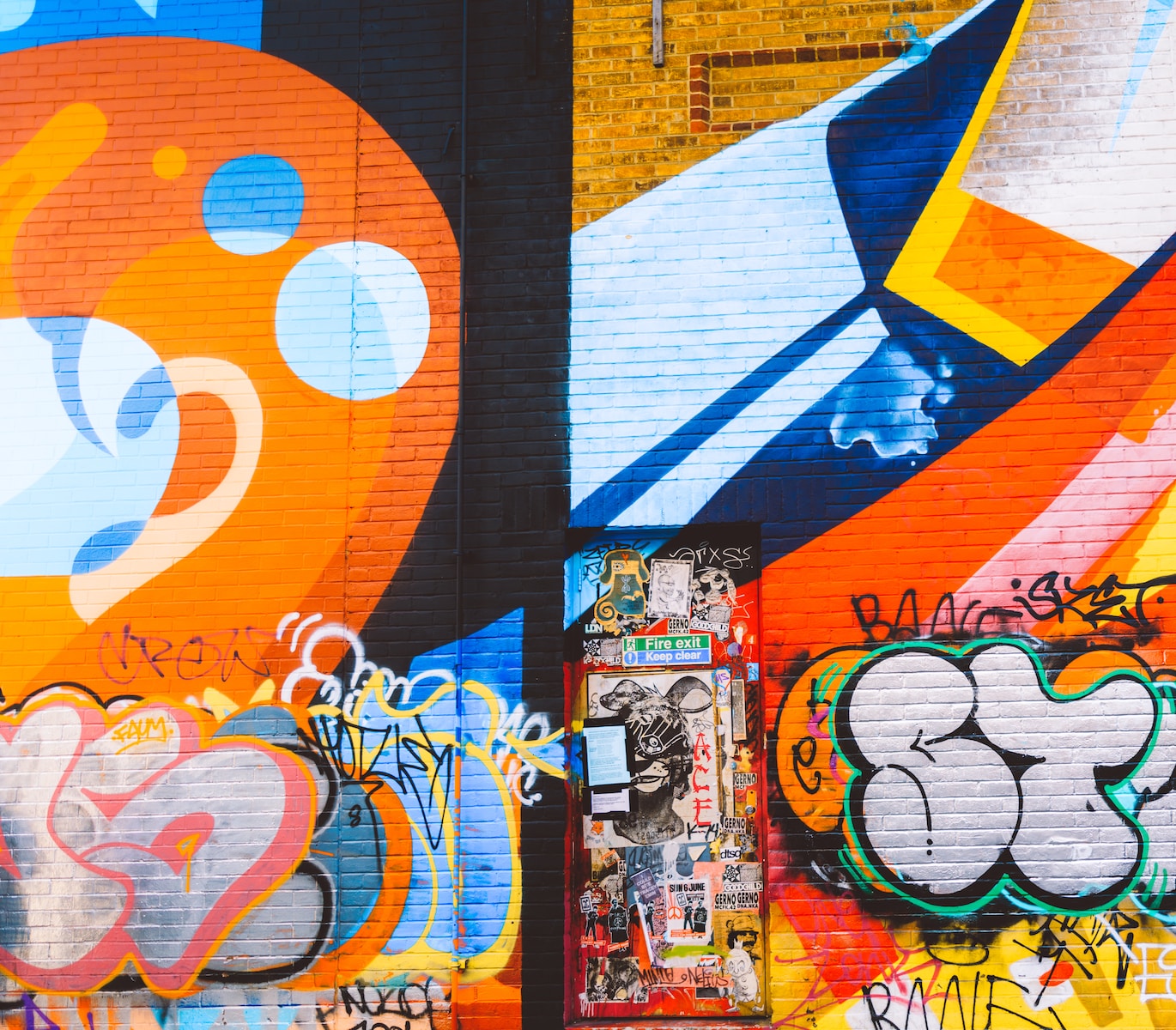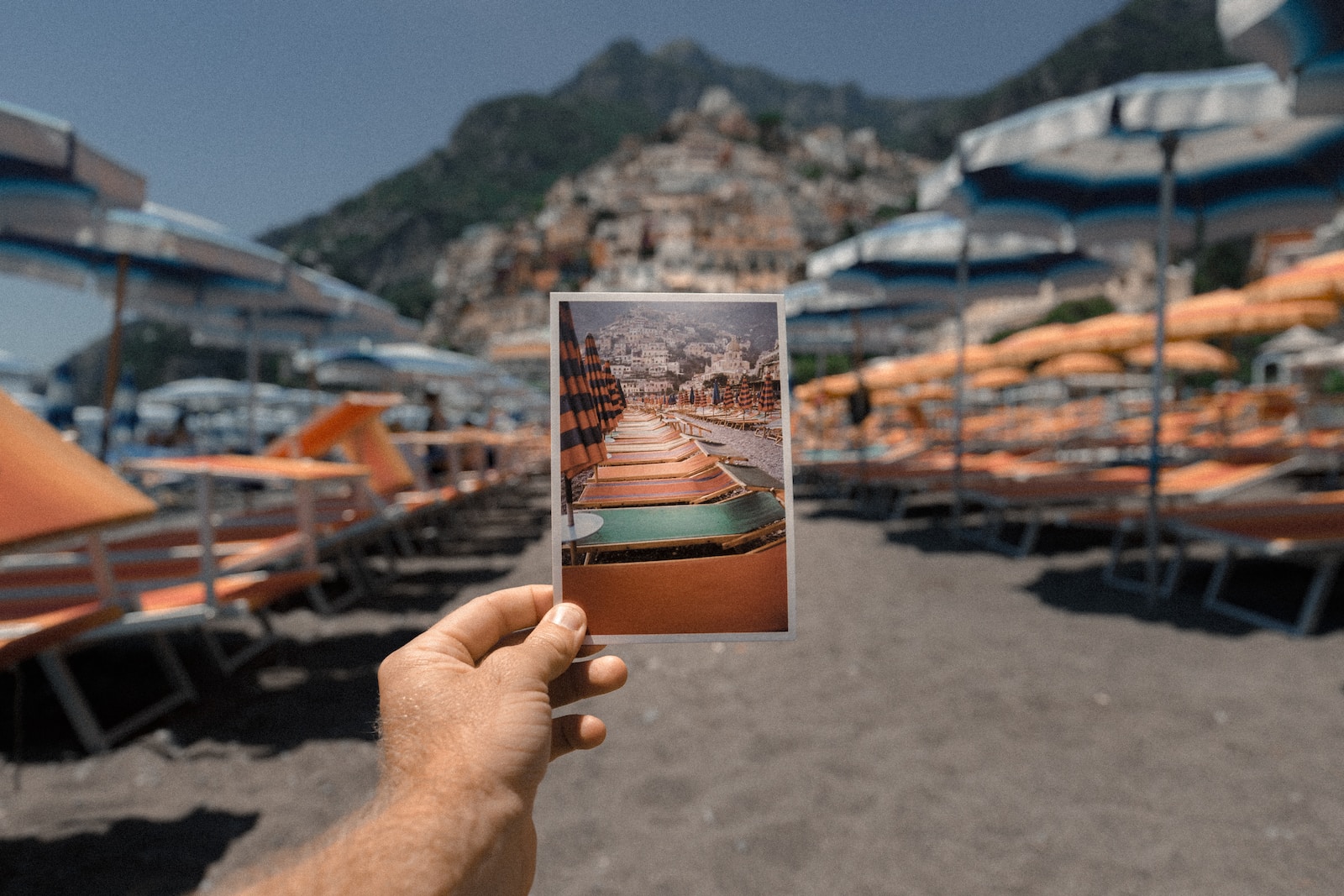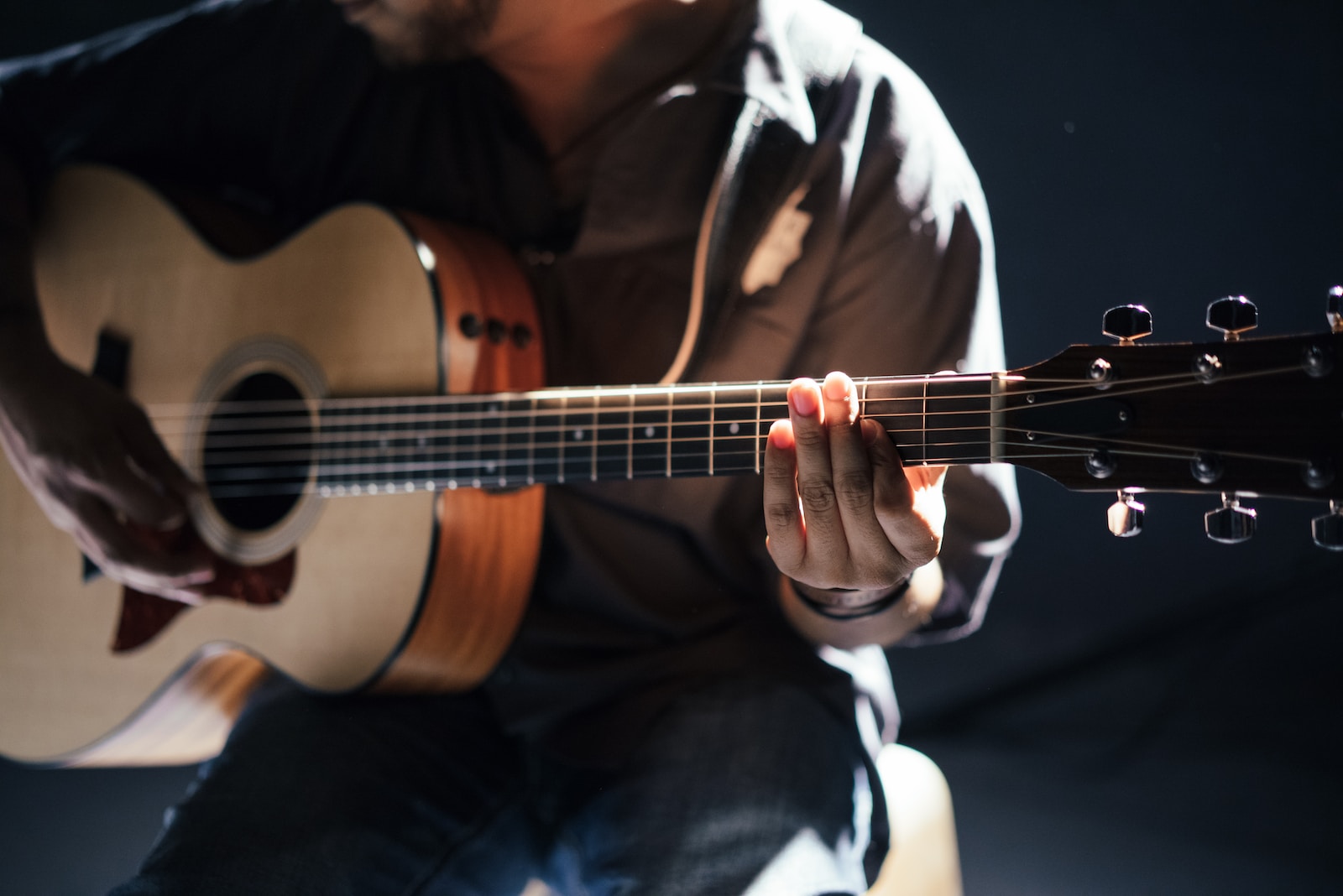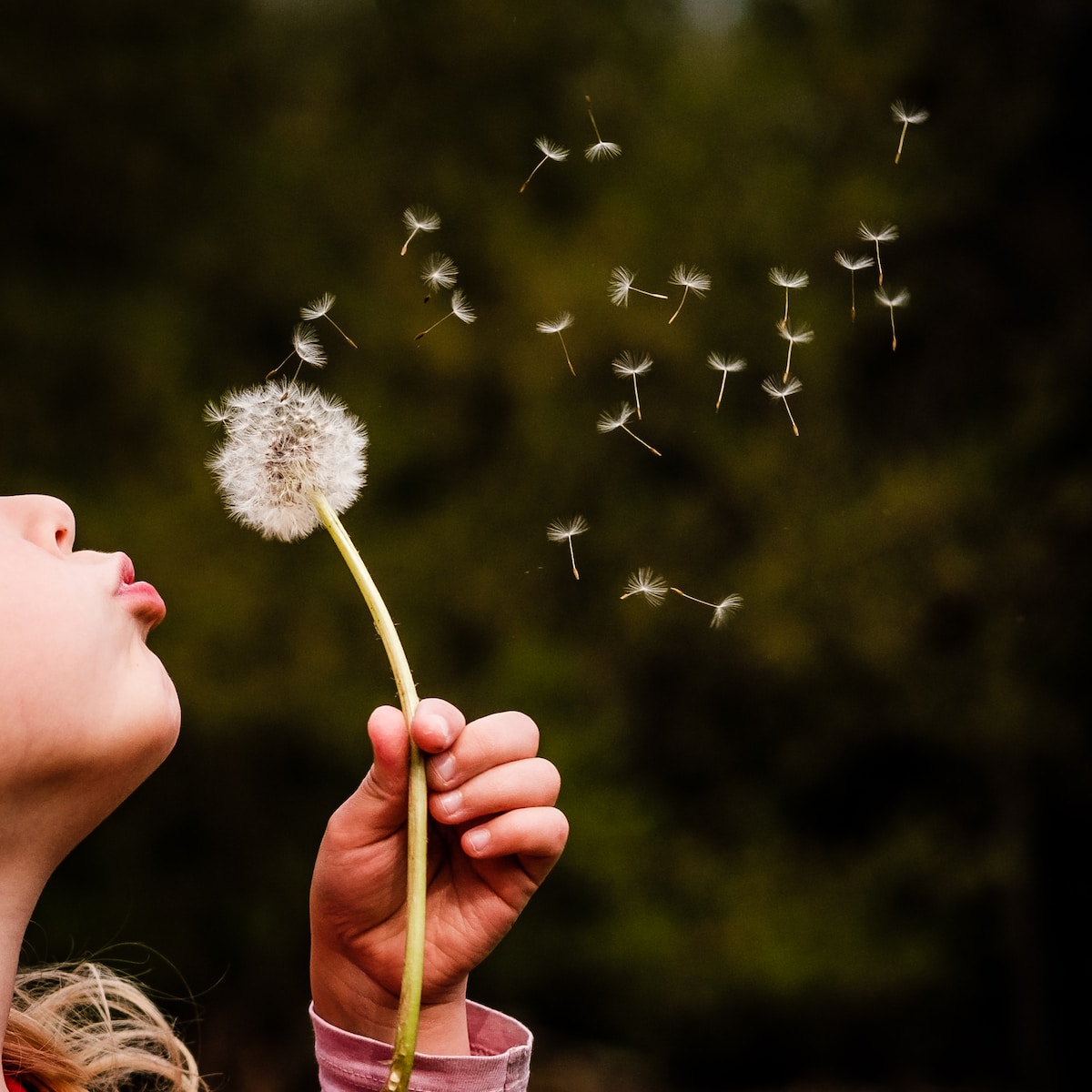Welcome to Street Art Through the Lens, a blog that will take you on an exciting journey through the vibrant world of street art photography. Explore the captivating murals, colorful graffiti, and urban landscapes captured by talented photographers. Gain insights into the equipment, lighting techniques, composition tips, and more that will help you create stunning street art photographs. Join us as we dive deep into this captivating art form and unlock the beauty of street art through the lens.
Table of Contents
Equipment: Essential Tools for Capturing Street Art
Capturing the essence of street art requires the right equipment. Here are some must-have tools for your street art photography kit:
1. Camera
Invest in a high-quality camera that offers manual control and allows you to adjust settings such as aperture, shutter speed, and ISO. A DSLR or mirrorless camera will give you the best flexibility and image quality.
2. Lens Selection
A versatile lens is essential for capturing different perspectives and details in street art. A wide-angle lens, such as a 35mm or 24mm, can capture the entire mural while still preserving the surrounding environment. Consider a prime lens for sharpness or a zoom lens for added flexibility.
3. Tripod
Using a tripod ensures stability and sharpness, especially in low-light situations. It allows you to experiment with longer exposures while keeping your camera steady.
Lighting: Enhancing the Impact of Street Art
Lighting plays a crucial role in highlighting the details and colors of street art. Here are some tips for capturing street art in the best light:
1. Timing is Key
Visit street art locations during the “golden hour,” which occurs during the first and last hours of sunlight. The soft, warm light of sunrise or sunset adds a magical touch to your photographs.
2. Experiment with Natural and Artificial Light
During daytime, take advantage of natural light to capture the true colors and textures of the artwork. At night, use artificial light sources such as street lamps or graffiti lights to create dramatic effects and add a unique atmosphere to your shots.
Composition: Framing Street Art with Style
Composition is key to creating captivating street art photographs. Use these composition techniques to enhance your images:
1. Rule of Thirds
Divide your frame into a 3×3 grid and place the main elements of the artwork along the grid lines or at the points where they intersect. This creates a visually pleasing composition.
2. Leading Lines
Look for elements within the environment, such as fences, buildings, or paths, that lead the viewer’s eye toward the street art. Utilizing leading lines adds depth and guides the viewer’s attention to the subject.
Did you know that street art can provide a voice to marginalized communities, sparking conversations and challenging societal norms?
Editing: Post-Processing for Stunning Results
Editing is a powerful tool for enhancing your street art photographs. Here are some post-processing tips to make your images stand out:
1. Adjust Exposure and Contrast
Tweak the exposure and contrast settings to bring out the colors and details in your photos. Adjusting the tone curve or using localized adjustments can enhance the overall look of your images.
2. Enhance Colors
By adjusting the saturation and vibrancy, you can make the colors in your street art photographs pop. Use the HSL sliders to fine-tune the specific hues and create a visually appealing result.
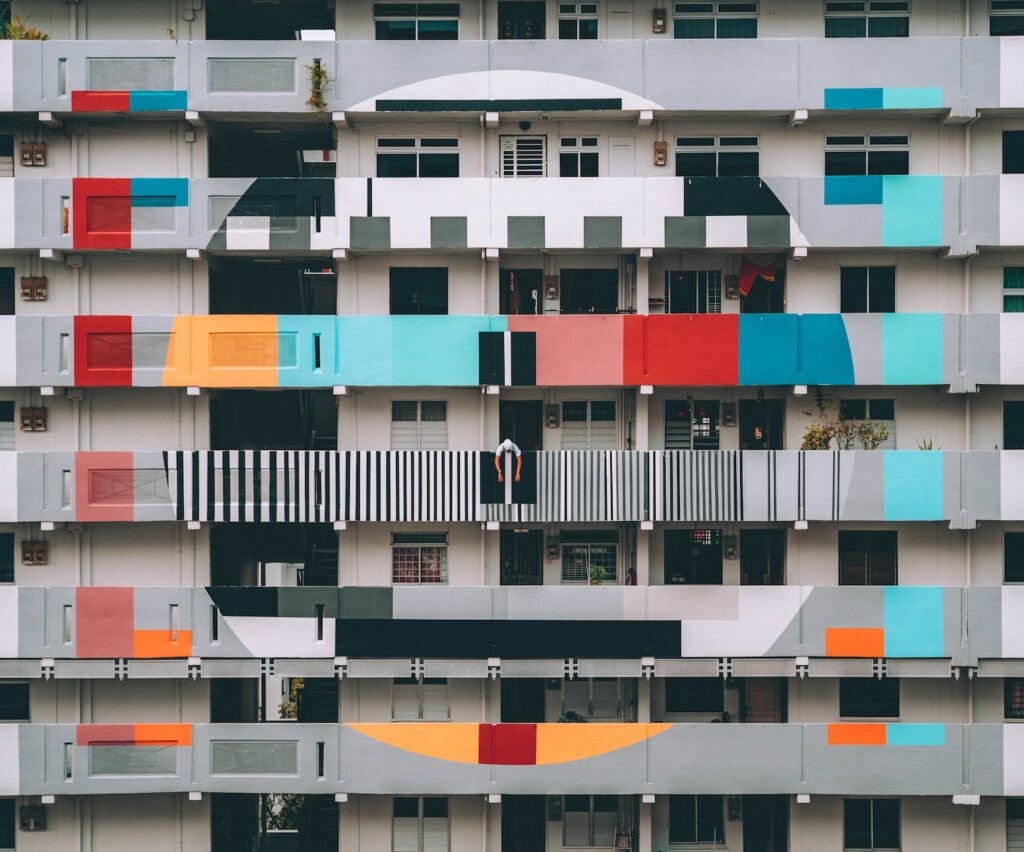
The Benefits of Street Art Photography
Street art photography offers unique opportunities to capture the vibrancy and creativity of urban environments. By using your camera lens as a tool, you can create stunning images that showcase the beauty and energy of street art. In this blog post, we will explore the benefits of street art photography and provide valuable tips and techniques to help you capture the essence of this captivating art form.
1. Capturing Urban Culture
Street art is a reflection of urban culture, and through your lens, you have the power to document and preserve these vibrant expressions. By photographing street art, you can provide a visual narrative of the ever-evolving nature of cities and their dynamic communities.
2. Unleashing your Creativity
Street art photography allows you to push the boundaries of your creativity. You can experiment with different angles, perspectives, and compositions to capture the essence and emotions evoked by the artwork. By embracing unconventional techniques, you can create truly unique and captivating images.
3. Being in the Moment
When photographing street art, you become an integral part of the urban landscape. Exploring the streets with your camera in hand allows you to immerse yourself in the bustling energy of the city. You will start noticing details that were previously overlooked, and this heightened awareness can inspire you to capture extraordinary moments.
4. Telling Powerful Stories
Street art tells stories and conveys powerful messages. Through your photography, you can become a storyteller, capturing the social, political, and cultural narratives behind the artwork. Your images can ignite conversations and shed light on the artists’ intentions, providing a deeper understanding of the urban context.
5. Connecting with the Art Community
The street art community is vibrant and diverse, consisting of artists, enthusiasts, and photographers. By engaging with this community, you can foster relationships and collaborations, learning from fellow photographers and artists. Attending street art festivals and exhibitions can expose you to new styles and expand your network.
Frequently Asked Questions
What is street art photography?
Street art photography refers to the art of capturing images of outdoor artworks, typically found in urban environments such as walls, buildings, or public spaces. It focuses on showcasing the creativity, colors, and messages conveyed through these art pieces.
What equipment do I need for street art photography?
To capture stunning street art photographs, you don’t necessarily need expensive gear. A good quality camera, preferably a DSLR or mirrorless camera, will suffice. Additionally, carrying a wide-angle lens can help you capture the expansive murals and urban landscapes effectively.
How can I find street art locations to photograph?
Discovering street art spots can be an exciting adventure. Start by exploring your local neighborhood and urban areas, as they often host hidden gems. Additionally, online platforms, social media accounts, and street art festivals can serve as valuable resources for finding popular or newly created street art murals.
What lighting conditions work best for street art photography?
Both natural light and artificial light can produce excellent results in street art photography. During the daytime, shooting when the sunlight is soft, such as during the golden hour (early morning or late afternoon), can provide warm and flattering lighting. In low-light conditions or at night, using artificial lighting techniques can add a unique and dramatic touch to your shots.
How can I compose my street art photographs effectively?
Composition plays a crucial role in street art photography. Consider the surroundings and context of the artwork to create compelling compositions. Experiment with different angles, perspectives, and focal points to highlight the details and visual elements that make the piece stand out. Also, be mindful of leading lines, symmetry, and the rule of thirds to add visual interest to your photographs.
Wrap Up
In conclusion, street art photography captures the raw energy and creativity of urban landscapes. With the right equipment and techniques, you can bring these vibrant murals to life through your lens. Remember to explore different angles, play with lighting, and pay attention to composition. By incorporating these tips into your photography, you’ll be able to create captivating images that showcase the beauty of street art.
Now it’s your turn! Have you tried capturing street art through your lens? Share your experiences, tips, and favorite urban photography spots in the comments below. Let’s continue the conversation and inspire each other in the mesmerizing world of street art photography!
